Description
Leucanthemum x superbum ‘Manhatten’
Just like its American namesake there is nothing shy about this Daisy. Leucanthemum x superbum ‘Manhatten’ is unashamedly big and bold and brilliant for it. Its just like an ox-eye daisy on steroids, it is a massive Shasta Daisy with pure white blooms up to 15cm across carried on sturdy red stems. Plant in any reasonable garden soil preferably in sun where it will cheerfully spread. 1.5m. cuts well
Schasta Daisies – Leucanthemum
The Schasta Daisy is the result of the enthusiasm of one man, Luther Burbank (1849-1926). Luther was an amateur plant breeder who turned his childhood passion into a career. The writings of Charles Darwin deeply impressed him as a young boy. He loved the possibility of improving on a natural form with careful breeding and selection.
Luther started his work on potatoes, breeding the Burbank potato – a great improvement on what was available at the time. Having raised enough money from this enterprise he was able to start his own nursery to sell his creations, working subsequently on a large variety of different fruit and vegetables.
Luther stated his nursery in California, Away from his childhood home in New England. To remind him of home he brought with him the native New England Ox-eye Daisy. Then over 6 years he crossed this plant with the English Ox-eye daisy, but never achieved what he was aiming at. However he then came upon a Japanese Daisy which brought just the boost he needed. The combination produced the parent of all the varieties we know today. To honour his new creation he named them in honour of Schasta County in North California and the region’s Mount Schasta.
Schasta daisies are tough reliable and always a joy. Their evergreen leaves spread to produce substantial clumps on a wide variety of soils and they produce flowers reliably. These cut well for the house. In Luther’s own words, they are:
‘graceful enough to please the eye and hardy enough to live in any soil.’
Esther Read
Horace Read was Norfolk Nurseryman. One day, travelling on the train to Great Yarmouth he spotted a semi-double ox-eye daisy in a field. On the return journey he pulled the communication cord and, while the train was stopped, nipped out and dug it up. From this he bred Leucanthemum ‘Esther Read’, naming it for his daughter. It became one of the most popular Schasta daisies ever produced. L.’Horace Read’ was part of a breeding program aimed at curing Esther’s tendency to flower in flushes.
If you look closely at the unopened centre of the flower you can see that the individual florets are arranged in two spirals, one to the right and one to the left. It is a characteristic that shows up particularly well in daisies. What is fascinating about these spirals is that the number of spirals each direction will be different and they will be found to be two adjacent numbers on the Fibonacci sequence. (ie 1,1,2,3,5,8,13,21,34 a sequence made up by adding the previous number each time). This is an adaptation that allows the most flowers to fit in a given space with the least gap. Its not the only place you can find the Fibonacci sequence in plants. Plants always have the same number of petals in their flowers and the numbers plants use are those on the Fibonacci sequence – Plants really can count.


















































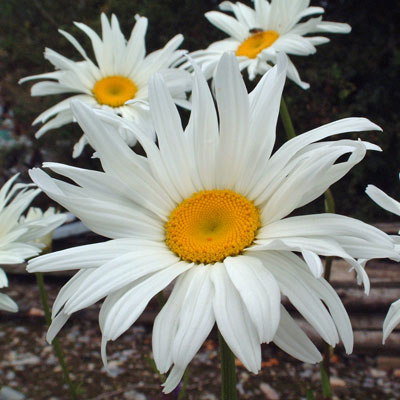

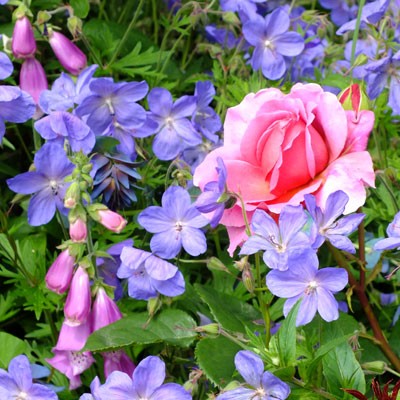
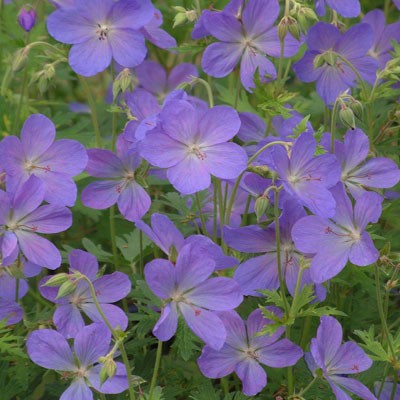
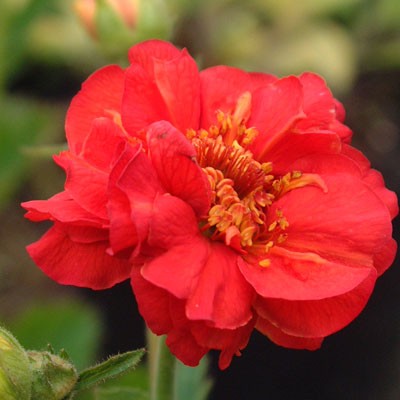

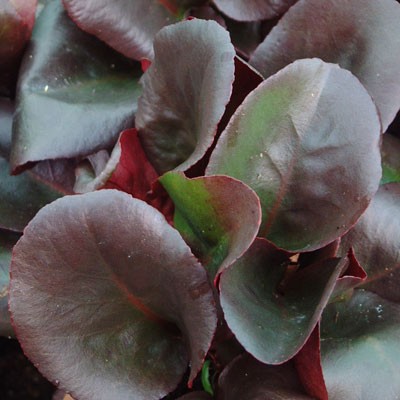
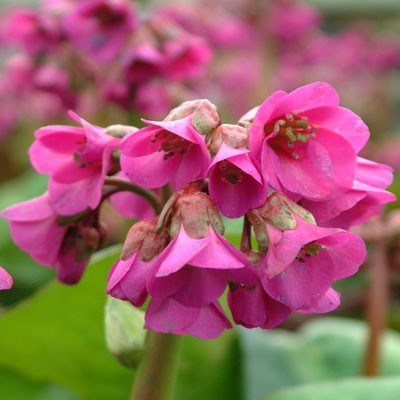
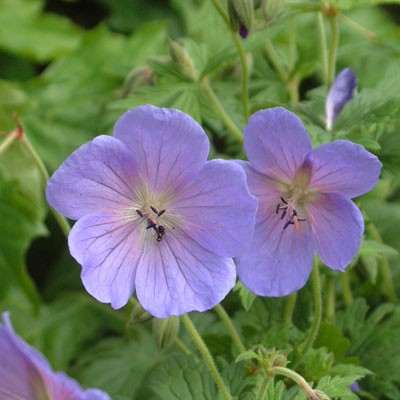
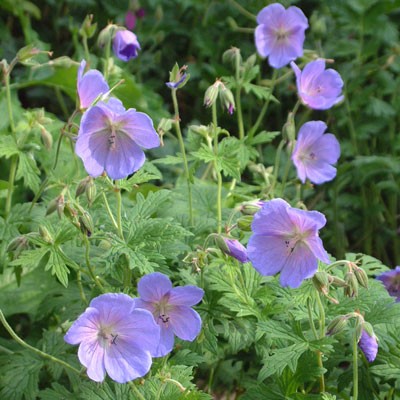
Reviews
There are no reviews yet.